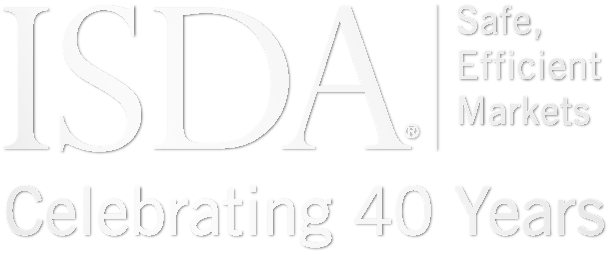ISDA, FIA and the Global Financial Markets Association (GFMA) jointly submitted a response to the European Securities and Markets Authority’s (ESMA) call for evidence on position limits under the revised Markets in Financial Instruments Directive (MIFID II).
The MIFID II commodity derivatives position limits regime is an entirely new regime in the EU, and has no equivalent in other jurisdictions. For this reason, it was a long and difficult implementation exercise and it is still early to see whether the application of limits have effectively met the objectives behind the legislation.
FIA and ISDA members therefore consider that ESMA and policy-makers, in their review, should concentrate on a few features rather than a comprehensive re-writing of the regime.
Market participants have identified three main areas of focus:
- The application of limits to new and illiquid contracts, where exchanges, dealers and end users have raised concerns that the existing limits, even with the flexibility granted under ESMA RTS 21, are a hurdle to the development of markets for new contracts. This response includes specific examples to support the view that the regime applied to new and illiquid contracts should be amended.
- The scope of contracts covered by limits. The definition of financial instruments – and of commodity derivatives – has led to extensive discussions as to whether some securities or some derivatives with no underlying physical commodity should be subject to position limits just because the cross references between MIFID and MIFIR suggest that they are ‘commodity derivatives’. Market participants support the objectives of the legislation and particularly the prevention of excessive speculation on underlying commodities such as food commodities. However, they would welcome the idea raised by ESMA of limiting the regime to a ‘set of important, critical derivatives contracts’.
- The scope of the hedging exemption. While the position limits regime includes exemptions for market participants pursuing hedging activity, the MIFID II definition of hedging as set out in RTS 21 is clear that only non-financial entities can engage in such activity, thereby rendering the exemption unavailable to investment banks or commodity trading houses that are MIFID II authorised, which both play a vital role in providing smaller commercial players with access to commodity derivatives markets.
Documents (1) for Response to ESMA Call for Evidence on Position Limits under MIFID II
Latest
ISDA Letter to FASB on Agenda Consultation
On June 30, ISDA submitted a comment letter to the Financial Accounting Standards Board (FASB) in response to the proposal File Reference No. 2025-ITC100, Agenda Consultation. In the letter, ISDA believes the highest priority should be given to expanding the hedge...
Joint Paper on UK EMIR Reform
On July 1, ISDA and UK Finance published a paper, which recommended a set of reforms for the UK European Market Infrastructure Regulation (UK EMIR), carefully considering each EU EMIR 3.0 reform and asking whether we would wish to adopt...
Response to FCA on UK EMIR Reporting
On June 30, ISDA submitted a response to chapter 5 of the UK Financial Conduct Authority’s (FCA) quarterly consultation CP25/16 on trade repository reporting requirements under the UK European Market Infrastructure Regulation (UK EMIR). Chapter 5 proposes ‘Amendments to the...
CDS Trading Activity in EU, UK and US Markets
This report analyzes credit derivatives trading activity reported in Europe. The analysis shows European credit derivatives transactions based on the location of reporting venues (EU versus UK) and product type. The report also compares European-reported credit derivatives trading activity to...


